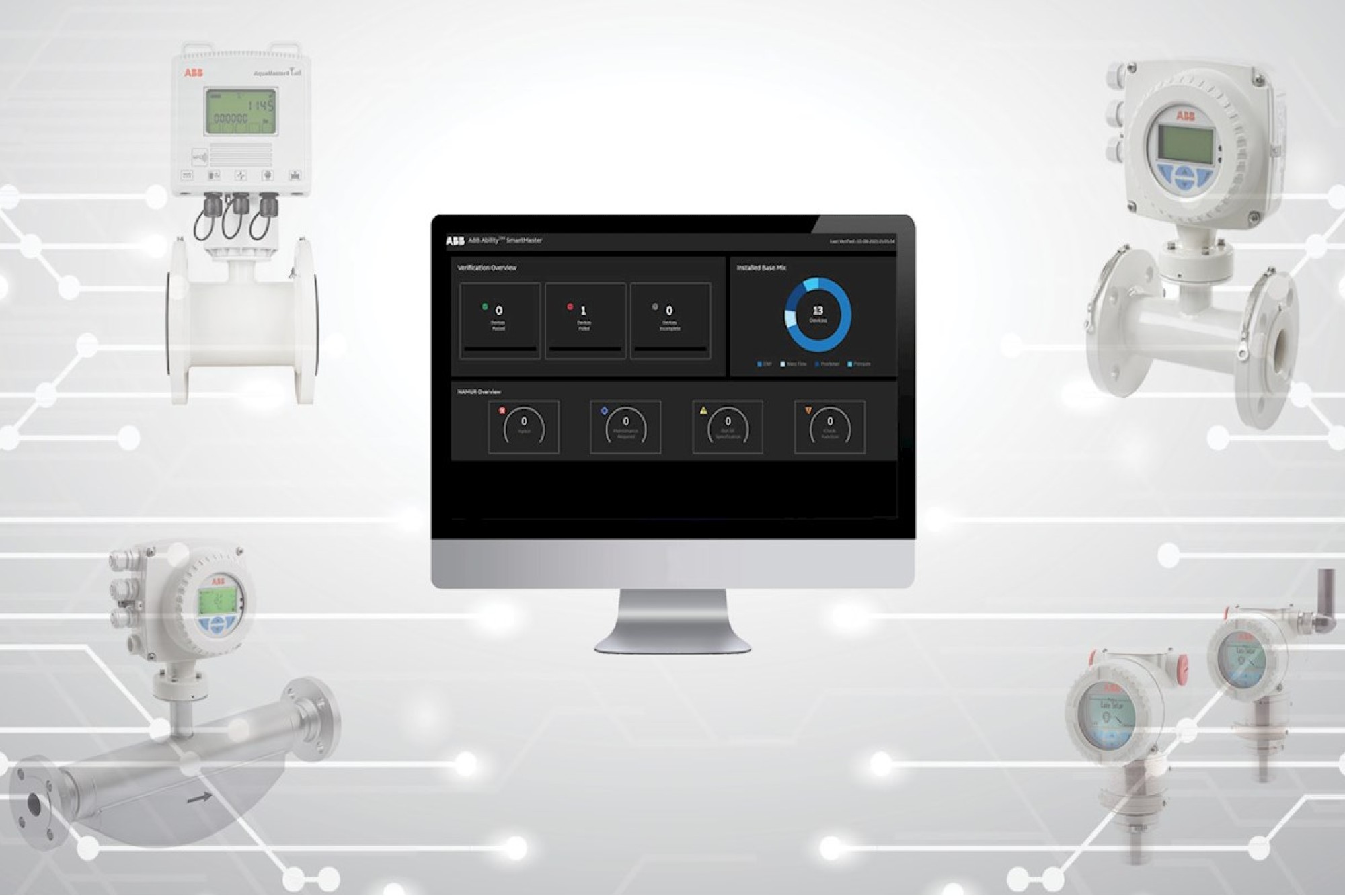GRP enclosures aid migration to wireless instrumentation networking
By admin July 16, 2015 12:34 pm IST
Electromagnetic transparency simplifies installation of 2.4 GHz WSN technology
Until recently, process industry take-up of wireless sensor network (WSN) technology has been relatively slow, possibly because competing wireless standards have made systems designers wary of making the wrong choice. However for mainstream industrial process applications, the field has now narrowed to just two standards – WirelessHART and ISA100.11a. Both standards define secure, self-healing wireless mesh technology operating in the 2.4 GHz ISM band, using IEEE 802.15.4 standard radios. ISA100.11a systems use Internet protocols and are designed for multiple wireless communications purposes, while the simpler WirelessHART systems are primarily intended only for use with process instruments; they are also backward compatible with wired HART devices, which are used extensively within the process sector for remote data acquisition.
Field instrumentation protection specialist Intertec is seeing increased customer demand for equipment housings to contain wireless process monitoring equipment in outdoor environments. This is partly due to increased use of industrial WSN technology, but mainly to the growing industry awareness that the glass-reinforced polymer (GRP) composite material it uses for all its protective enclosures is electromagnetically transparent.
Advantage GRPOne of the many benefits of its GRP composite material is electromagnetic transparency – it produces a wide range of frangible environmental protection cabinets and shelters for radar and instrument landing systems at airports which are designed not to reflect or interfere with radio signals. The housings are also used extensively for cellular and satellite communications applications, as well as satellite navigation systems; the GRP material causes no measurable loss of received or transmitted RF signals, so the equipment antennas can be contained within the enclosure. GRP is also ideally suited to field-based 2.4 GHz wireless sensor networks, especially for applications where external antennas are inadvisable because of their susceptibility to accidental damage.
According to Intertec’s CEO, Martin Hess, “More and more process industries are starting to deploy wireless field instrumentation, although at this stage it’s only for monitoring and diagnostics – I think that it will still be a long time before wireless is used for process control purposes. Having said that, the technology offers huge benefits for companies with large remote data acquisition needs, completely eliminating the cost and inconvenience of cables. We believe that our GRP composite enclosures provide plant engineers with a future-proof path for WSN technology – even if they choose to install cabled instruments today, by selecting the right type of enclosure at the outset they will make it easy to deploy wireless instrumentation whenever they wish, without having to change the entire installation.”
Cookie Consent
We use cookies to personalize your experience. By continuing to visit this website you agree to our Terms & Conditions, Privacy Policy and Cookie Policy.












